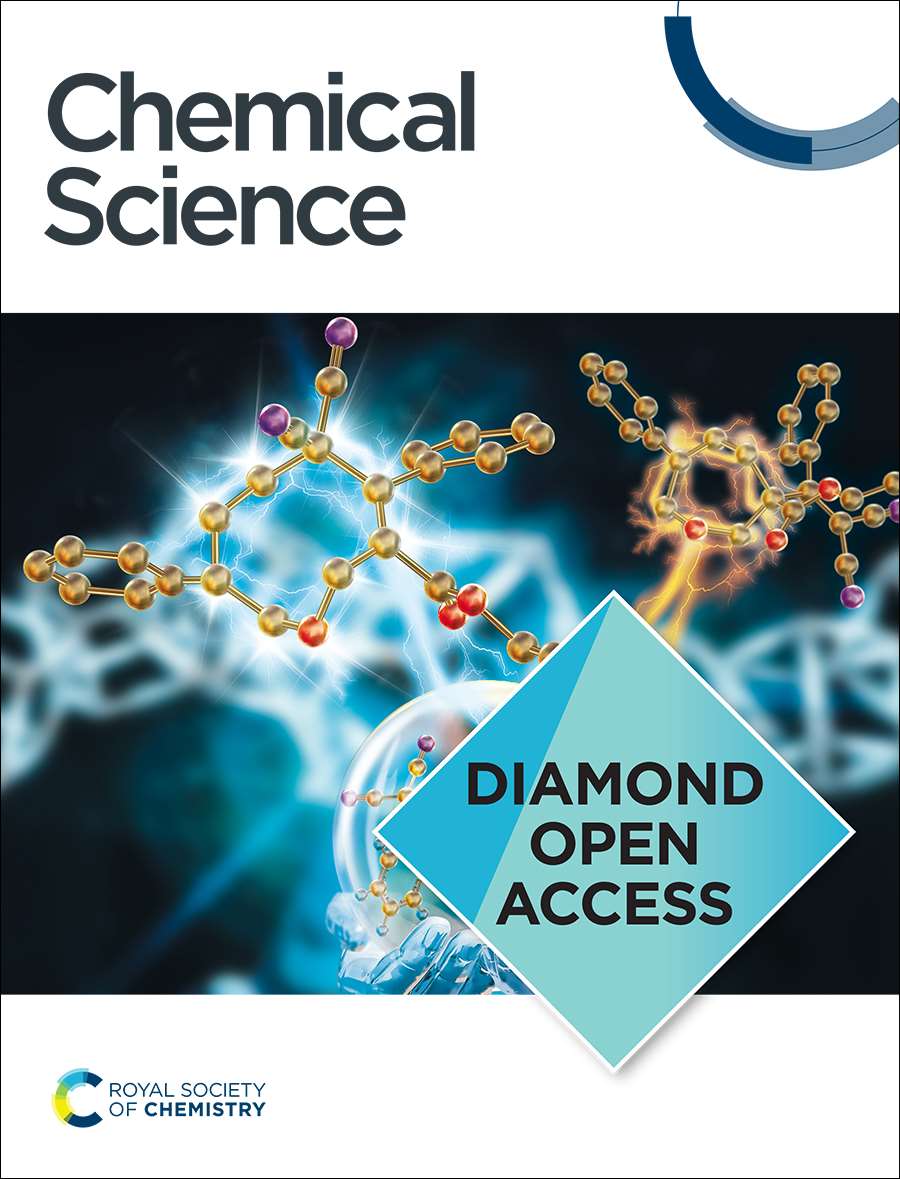Retro-forward synthesis design and experimental validation of potent structural analogs of known drugs
IF 7.6
1区 化学
Q1 CHEMISTRY, MULTIDISCIPLINARY
引用次数: 0
Abstract
Generation of structural analogs to “parent” molecule(s) of interest remains one of the important elements of drug development. Ideally, such analogs should be synthesizable by concise and robust synthetic routes. The current work illustrates how this process can be facilitated by a computational pipeline spanning (i) diversification of the parent via bioisosteric replacements, (ii) retrosynthesis of the thus generated “replicas” to identify substrates, (iii) forward syntheses originating from these substrates (and synthetically versatile “auxiliaries”) and guided “towards” the parent, and (iv) evaluation of the candidates for target binding and other medicinal-chemical properties. This pipeline proposes syntheses to thousands of readily makeable analogs in a matter of minutes, and is deployed here to validate by experiment seven structural analogs of Ketoprofen and six analogs of Donepezil. The concise, computer-designed syntheses are confirmed in 12 out of 13 cases, offering access to several potent inhibitors. While the synthesis-design component is robust, binding affinities are predicted less accurately although still to the order-of-magnitude, which may be valuable in discerning promising from inadequate binders.求助全文
约1分钟内获得全文
求助全文
来源期刊

Chemical Science
CHEMISTRY, MULTIDISCIPLINARY-
CiteScore
14.40
自引率
4.80%
发文量
1352
审稿时长
2.1 months
期刊介绍:
Chemical Science is a journal that encompasses various disciplines within the chemical sciences. Its scope includes publishing ground-breaking research with significant implications for its respective field, as well as appealing to a wider audience in related areas. To be considered for publication, articles must showcase innovative and original advances in their field of study and be presented in a manner that is understandable to scientists from diverse backgrounds. However, the journal generally does not publish highly specialized research.
 求助内容:
求助内容: 应助结果提醒方式:
应助结果提醒方式:


